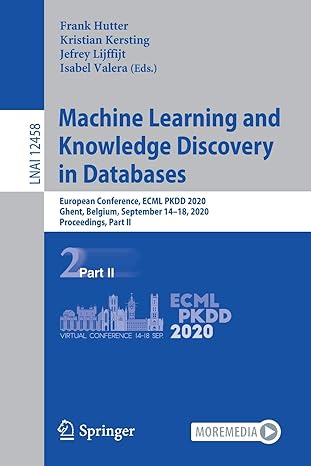Question
The prices for all possible distances are stored in a price array. That is, price[1] denotes the price that the traveler has to pay for
The prices for all possible distances are stored in a price array. That is, price[1] denotes the price that the traveler has to pay for the coffee if s/he walked a distance of 1 since the last location s/he rested, price[2] denotes the price that he has to pay if s/he walked a distance of 2 since the last location s/he rested and so on. For example; when n = 9, if s/he firstly rests at location 3, s/he has to pay price[3] and then, if s/he rests at location 5, s/he has to pay price[2] and then, if s/he rests at location 9, s/he has to pay price[4]. Hence, the total price makes price[3] + price[2] + price[4].
Your goal is to minimize the total price s/he has to pay.
For example; when n = 4 and price = [3,2,5,9], the optimum locations that s/he has to rest are 2 and 4
as shown in the table below.
| Stop locations | Total price |
| 4 | 9 |
| 3,4 | 5+3=8 |
| 2,4 | 2+2=4 |
| 1,4 | 3+5=8 |
| 2,3,4 | 2+3+3=8 |
| 1,3,4 | 3+2+3=8 |
| 1,2,4 | 3+3+2=8 |
| 1,2,3,4 | 3+3+3+3=12 |
Given a distance n and a price array,
-
- (20pts.) Write a recursive algorithm (i.e., a pseudocode) that returns the minimum price the traveler has to pay when he wants to walk a distance of n.
Step by Step Solution
There are 3 Steps involved in it
Step: 1

Get Instant Access to Expert-Tailored Solutions
See step-by-step solutions with expert insights and AI powered tools for academic success
Step: 2

Step: 3

Ace Your Homework with AI
Get the answers you need in no time with our AI-driven, step-by-step assistance
Get Started


